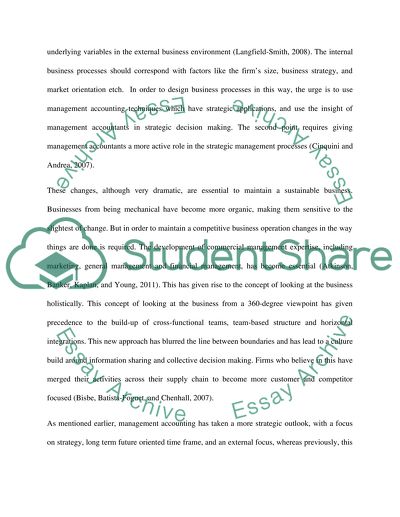Cite this document
(“The management accounting Essay Example | Topics and Well Written Essays - 2250 words”, n.d.)
Retrieved from https://studentshare.org/macro-microeconomics/1397491-management-accounting
Retrieved from https://studentshare.org/macro-microeconomics/1397491-management-accounting
(The Management Accounting Essay Example | Topics and Well Written Essays - 2250 Words)
https://studentshare.org/macro-microeconomics/1397491-management-accounting.
https://studentshare.org/macro-microeconomics/1397491-management-accounting.
“The Management Accounting Essay Example | Topics and Well Written Essays - 2250 Words”, n.d. https://studentshare.org/macro-microeconomics/1397491-management-accounting.


